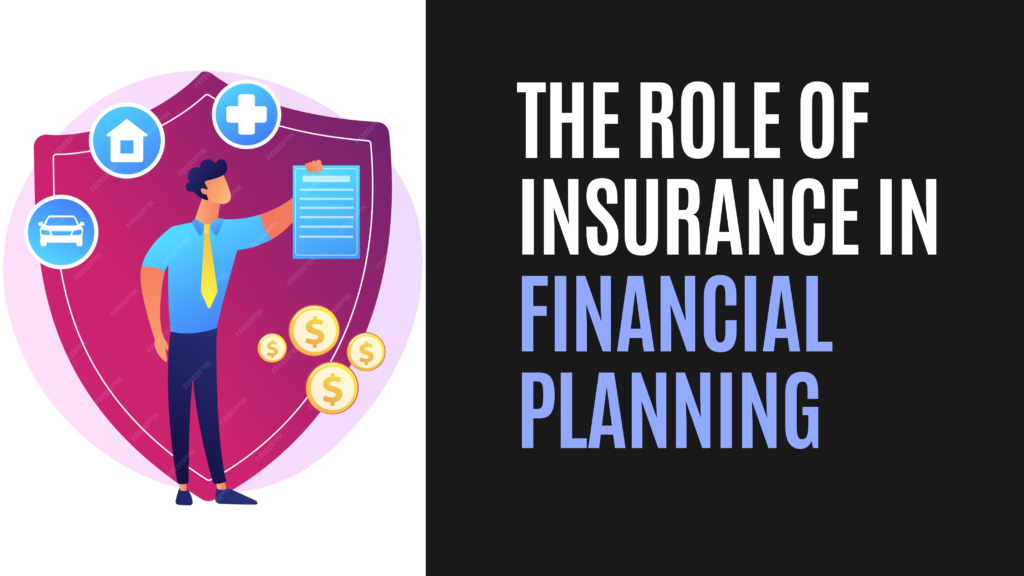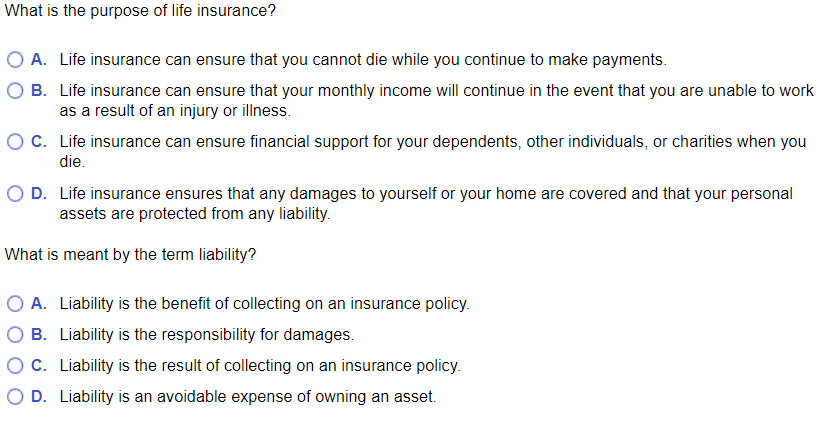The Best Guide To Pacific Prime
Wiki Article
The Buzz on Pacific Prime
Table of ContentsThe Single Strategy To Use For Pacific PrimeAn Unbiased View of Pacific PrimePacific Prime Things To Know Before You Get ThisNot known Details About Pacific Prime
In a lot of states, the insurance firm is required to send you a duplicate of the adjustments to your plan. It is vital that you read Endorsements or Bikers so you comprehend just how your policy has actually transformed and if the plan is still appropriate to satisfy your requirements. To get a duplicate of your insurance coverage policy, please call your insurance coverage agent or business.
The Institute of Medicine (IOM) Board on the Effects of Uninsurance launches an extensive examination of proof that addresses the value of wellness insurance policy coverage with the magazine of this record. Insurance coverage Matters is the very first in a collection of six reports that will be released over the next 2 years recording the fact and effects of having an estimated 40 million individuals in the United States without health insurance policy coverage.

An Unbiased View of Pacific Prime
The goal of this series of studies is to refocus plan interest on a historical trouble. Adhering to the longest financial development in American history, in 1999, an approximated one out of every six Americans32 million adults under the age of 65 and even more than 10 million childrenremains uninsured (Mills, 2000).
Ten percent of the population make up 70 percent of healthcare expenditures, a relationship that has remained constant over the past three decades (Berk and Monheit, 2001) - group insurance plans. Thus health and wellness insurance coverage proceeds to offer the feature of spreading out risk even as it progressively finances routine care. From the perspective of healthcare carriers, insurance carried by their people helps secure an income stream, and areas gain from financially practical and steady health care specialists and organizations
Federal government provides health insurance to populaces whom the exclusive market may not offer properly, such as handicapped and senior citizens, and populations whose accessibility to healthcare is socially valued, such as youngsters and expecting women. The supreme ends of health insurance protection for the specific and areas, consisting of work environment communities of workers and employers, are improved wellness results and high quality of life.
How Pacific Prime can Save You Time, Stress, and Money.
Staff members place wellness insurance policy first by much in value among all the advantages provided in the workplace (Salisbury, 2001). Although there have actually been sizable financial investments of personal and public funds to provide medical insurance, lots of people still have no coverage. Despite extensive reporting of study searchings for and health and wellness treatment research results, the general public stays overwhelmed and mistaken about Americans without wellness insurance coverage and the effects of lacking insurance coverage.
Without question, the complexity of American healthcare financing systems and the wide range of sources of info contribute to the general public's confusion and skepticism regarding wellness insurance policy statistics and their interpretation. This record and those that will certainly adhere to aim to distill and present in easily easy to understand terms the extensive research study that bears on concerns of medical insurance protection and its value.
Fifty-seven percent of Americans questioned in 1999 thought that those without medical insurance are "able to get the care they need from doctors and healthcare facilities" (Blendon et al., 1999, p. 207). In 1993, basics when nationwide attention was focused on the problems of the uninsured and on pending healthcare legislation, just 43 percent of those polled held this belief (Blendon et al., 1999).

They additionally receive fewer preventative solutions and are much less most likely to have normal take care of chronic conditions such as hypertension and diabetes. Chronic conditions can bring about expensive and disabling problems if they are not well managed (Lurie et al., 1984; Lurie et al., 1986; Ayanian et al., 2000). One national survey asked more than 3,400 adults regarding 15 very significant or somber problems.
The 15-Second Trick For Pacific Prime
Added evidence exists later on in this phase in the discussion of insurance policy and accessibility to wellness care. https://experiment.com/users/pacificpr1me. Individuals without health and wellness insurance are young and healthy and balanced and choose to go without insurance coverage. Nearly half (43 percent) of those surveyed in 2000 believed that individuals without medical insurance are more probable to have wellness problems than people with insuranceCitizens and policy manufacturers in emphasis group conversations identify those without insurance policy as youths who have the chance to be covered and feel they do not need it (Porter Novelli, 2001). Compared to those with at least some exclusive protection, the uninsured are much less most likely to report being in excellent or great health (Firm for Healthcare Study and Quality, 2001).
RESOURCE: Facility for Cost and Funding Studies, Firm for Health Care Study and Quality, based upon MEPS information. Youthful adults between 19 and 34 are much more likely to do not have medical insurance than any kind of other age. This is mainly since they are much less frequently qualified for employment-based insurance policy as a result of the nature of their job or their short tenure in it.
The assumption that people without insurance coverage have better-than-average wellness follows from perplexing the relatively young age profile of the uninsured with the far better health and wellness, on standard, of more youthful individuals. This obscures the link in between wellness standing and health insurance policy. For those without accessibility to office health and wellness insurance policy, poor health is a potential barrier to buying nongroup protection due to the fact that such insurance coverage may be extremely priced, omit preexisting problems, or be merely inaccessible.
Report this wiki page